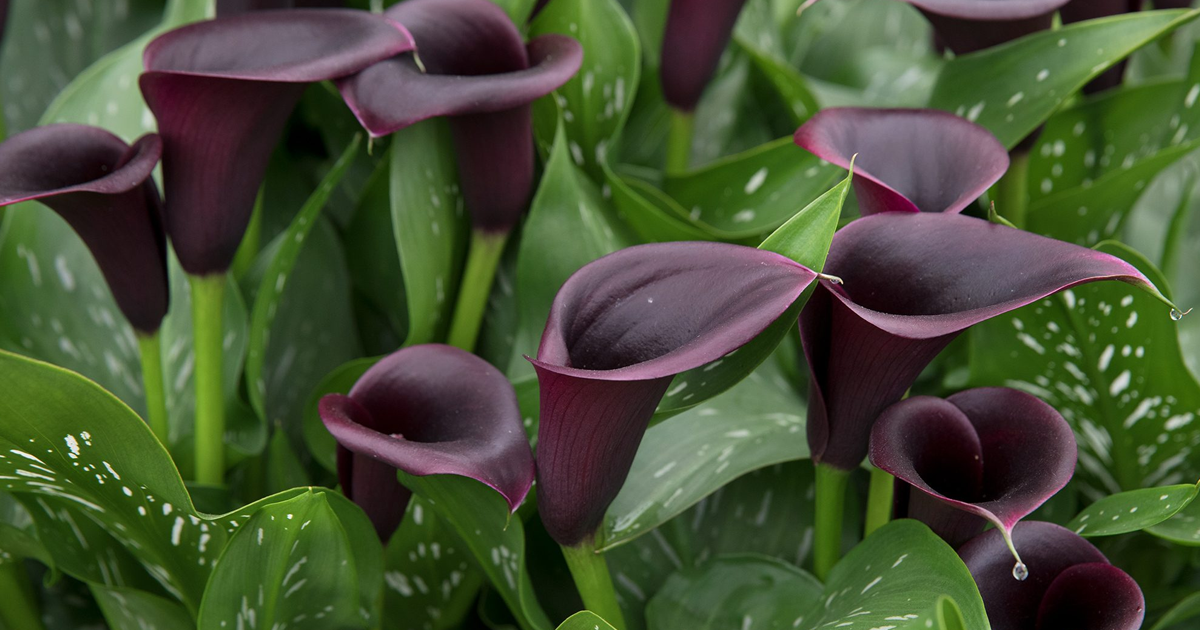
The Neomarica iris, often called the walking iris, is a beautiful flowering plant that incorporates aesthetic appeal with unique growth habits. Native to Central and South America, the plant gets its name from the fact that it “walks” as new plantlets form on the ends of its flower stalks and root themselves in the soil near the parent plant. The walking iris, with its sword-like leaves and beautiful blooms, is a plant everyone should have. Here is an all-inclusive guide on how to care for this intriguing plant.
Getting Familiar with the Walking Iris
The walking iris belongs to the Iridaceae family and is a perennial. Its flowers are outstandingly beautiful and come in a range of colors such as blue, purple, or white with beautiful markings. The flower opens only for one day, but it has many blooms, making the succession appear as a constant bloom throughout the season. It has evergreen foliage, growing in clumps of arching leaves that add texture and height to gardens and indoor spaces.
Ideal Growing Conditions
1. Light Requirements
Walking iris prefers bright, indirect light. Outdoors, it thrives in partial shade or dappled sunlight. Too much direct sunlight will scorch the leaves, while too little light will prevent it from blooming. Indoors, place the plant near an east- or north-facing window where it can receive plenty of filtered light.
2. Temperature and Humidity
This tropical plant enjoys warm temperatures ranging from 60°F to 85°F (15°C to 29°C). It is not frost-tolerant and should be protected from temperatures below 50°F (10°C). High humidity levels mimic its native environment, so consider misting the plant or using a humidifier if you’re growing it indoors in a dry climate.
3. Soil Preferences
The walking iris tolerates acidic to neutral, slightly acidic well-draining soil, that is in a pH 6.0 to 7.0 range. A garden soil mix containing some compost and sand will suffice. For containers, use good potting mixes which drain properly.
Planting and Propagation
1. In the Garden
Select a spot with some shade and fill the soil in the pot, incorporating organic matter; plant the walking iris at that depth which had been in this pot or its nursery. Give the plants room to grow in and spread over, so use about 12 to 18 inches of separation between them.
2. Pots
Select a container with drainage holes to avoid waterlogging. Fill it with a good draining potting mix and plant the iris at the correct depth. Make sure the pot is large enough for the spreading habit of the plant.
3. Propagation
The walking iris is easily propagated through division or by planting its offsets:
Division: Dig up the plant in early spring or at the end of the blooming season. Separately take clumps, keeping the roots on them. Repot the divisions immediately.
Offsets: Allow roots to develop from the plantlets that form along the flower stalks. Remove the plantlet once it attains a couple of inches in length and root structure. Plant this in soil.
Watering and Fertilizing
1. Water
It likes constant moisture but should never be allowed to sit in waterlogged soil. Water the plant when the top inch of soil feels dry. Decrease watering in the winter when the plant slows down its growth.
2. Fertilizing
Feed the walking iris with a balanced liquid fertilizer once every four to six weeks, during the growth season, from spring to summer. Reduce the fertilizing activities or stop during the fall and winter. Overfertilizing makes the plant overly focus on leaves at the cost of flowers.
Pruning and Maintenance
Removing spent flowers ensures that the energy of the plant is channeled towards forming new flowers.
Leaf Care: Trim any yellowing or damaged leaves to maintain the plant’s appearance.
Pest Control: The walking iris is relatively pest-resistant but can occasionally attract aphids, spider mites, or mealybugs. Treat infestations with insecticidal soap or neem oil.
Common Issues and Solutions
1. Lack of Blooms
Cause: Insufficient light, over-fertilizing, or poor soil conditions.
Solution: Move the plant to a brighter location, adjust fertilizing practices, or amend the soil with organic matter.
2. Leaf Browning
Cause: Drowning, insufficient humidity, or too much direct sunlight.
Solution: Water more, mist the plant often, or allow it some shade during peak daylight hours.
3. Root Rot
Cause: Overwatering or poorly draining soil.
Solution: Allow the soil to dry significantly between waterings and ensure drainage.
Seasonal Care
Spring and Summer: The active growing and blooming season. Water regularly, fertilize, and look for new offsets.
Fall and Winter: Growth slows during cooler months. Reduce watering and stop fertilizing. If growing outdoors in a cold climate, bring the plant indoors or provide frost protection.
Landscaping and Decorative Uses
The walking iris is very versatile and can be used in a variety of settings:
Borders and Edging: Its clumping habit makes it ideal for defining garden beds.
Containers: Its striking foliage and flowers make it a stunning addition to patios and balconies.
Indoor Decor: It is an ornamental houseplant that will enhance the elegance of any room.
Fun Facts About the Walking Iris
Ephemeral Blooms: Every bloom lasts for a day, but the plant gives multiple blooms in succession. This will result in an extended display.
Symbolism: The iris in some cultures represents hope, wisdom, and courage.
Low Maintenance: Despite its exotically decorative appearance, it is relatively easy to care for. It is good for beginners.
Neomarica iris or walking iris. It is, in fact, very interesting and so beautiful, always rewarding its planters with blooming beauty that can be unusual and attractive both indoors and within your garden space. The growing requirements for proper light, right soil, and proper care in providing this living thing with sustenance can yield it a pretty beautiful flower under your care.







